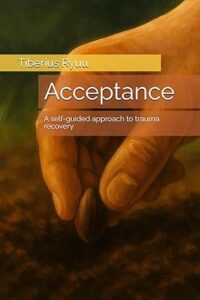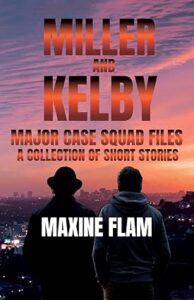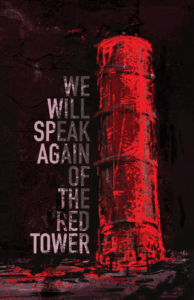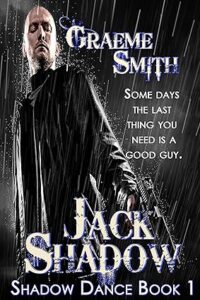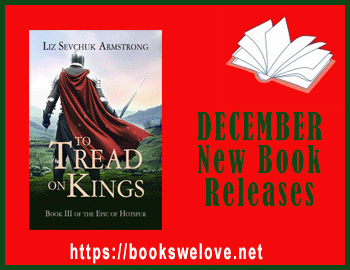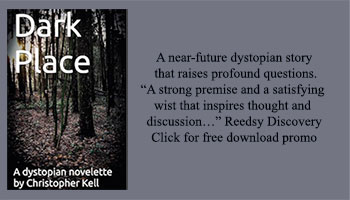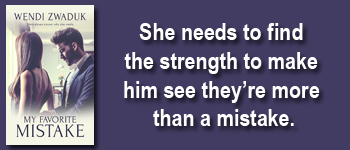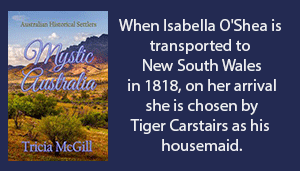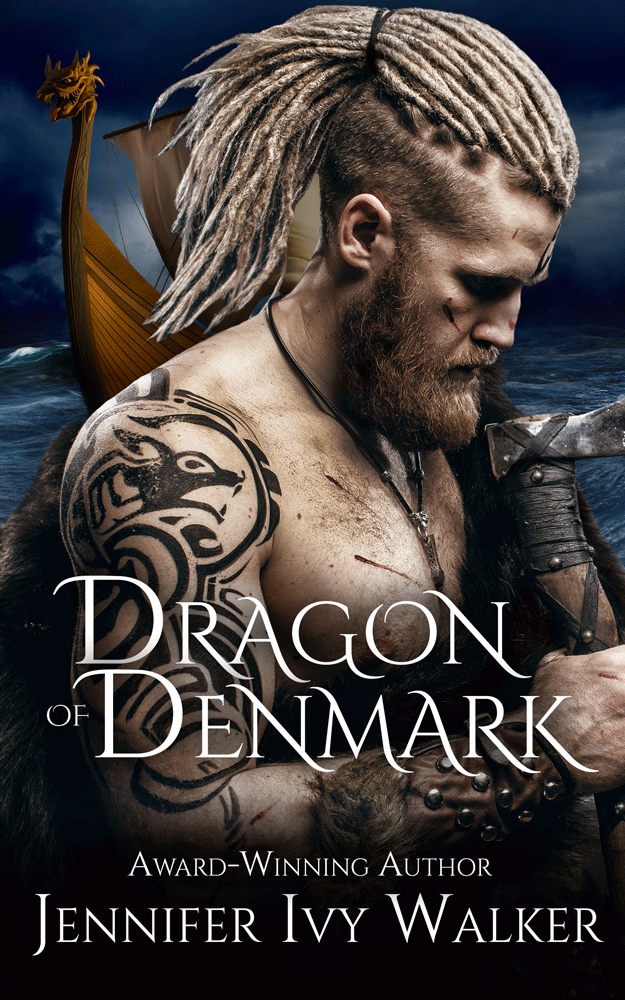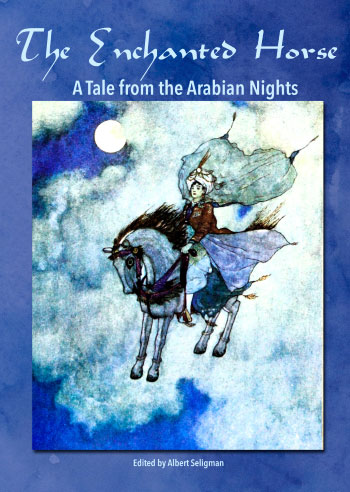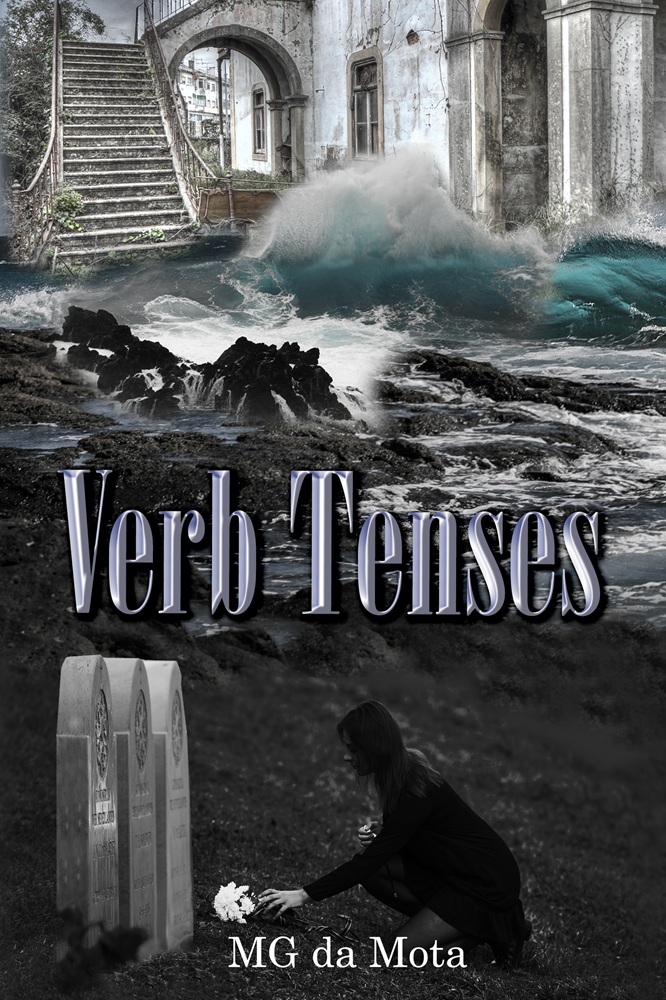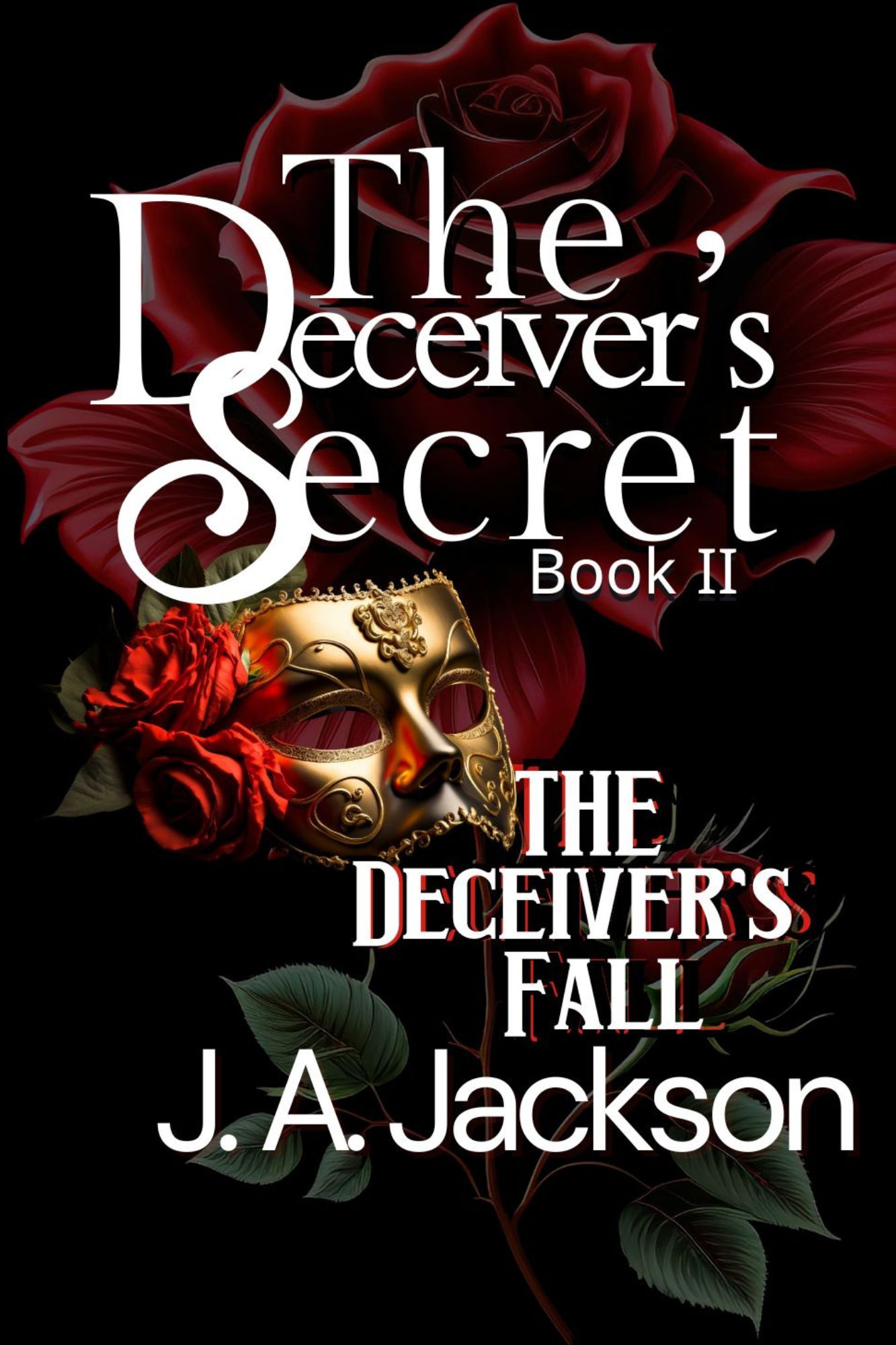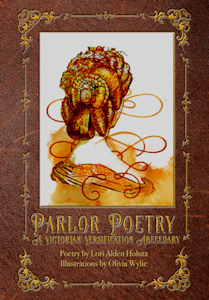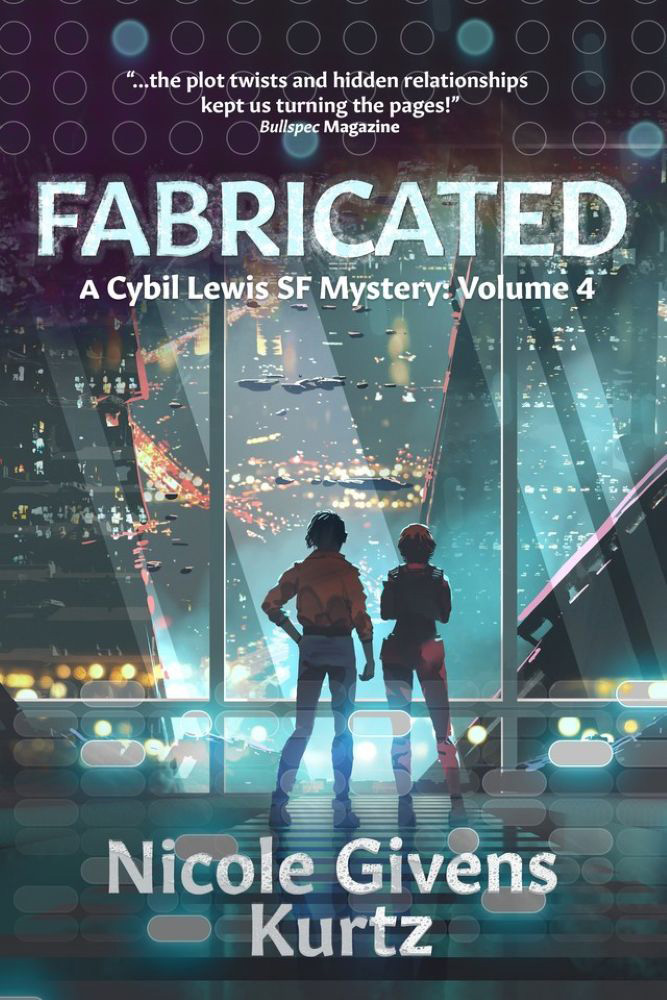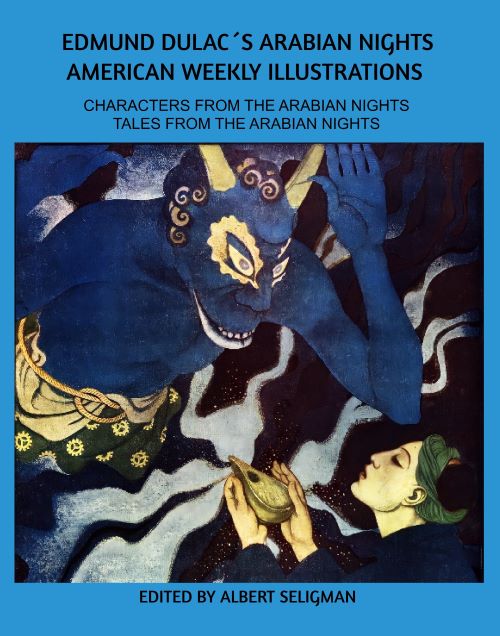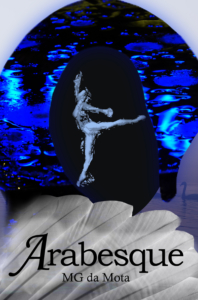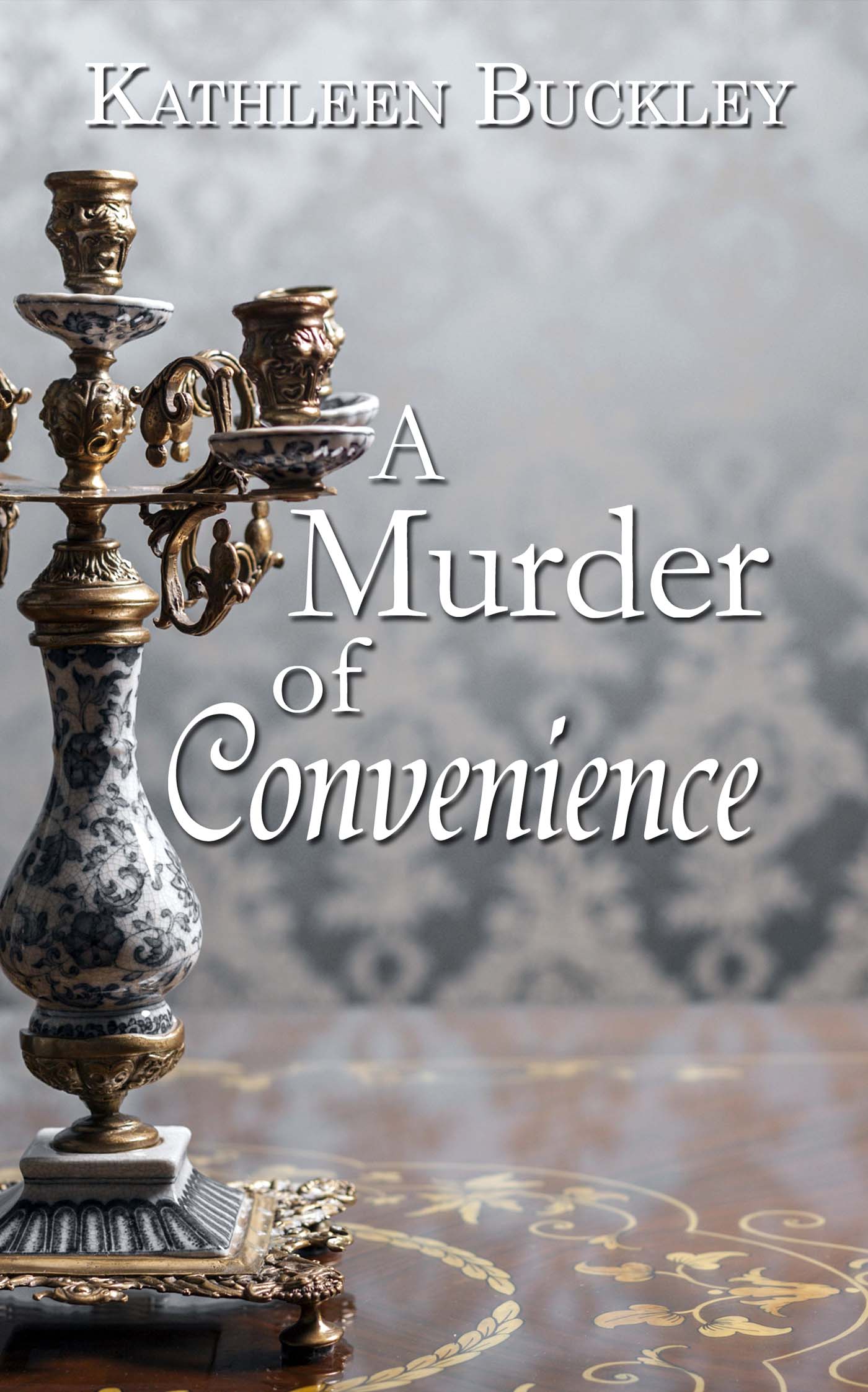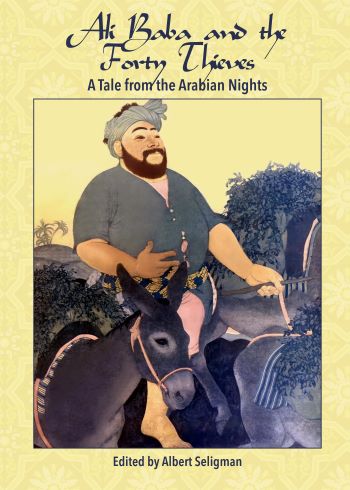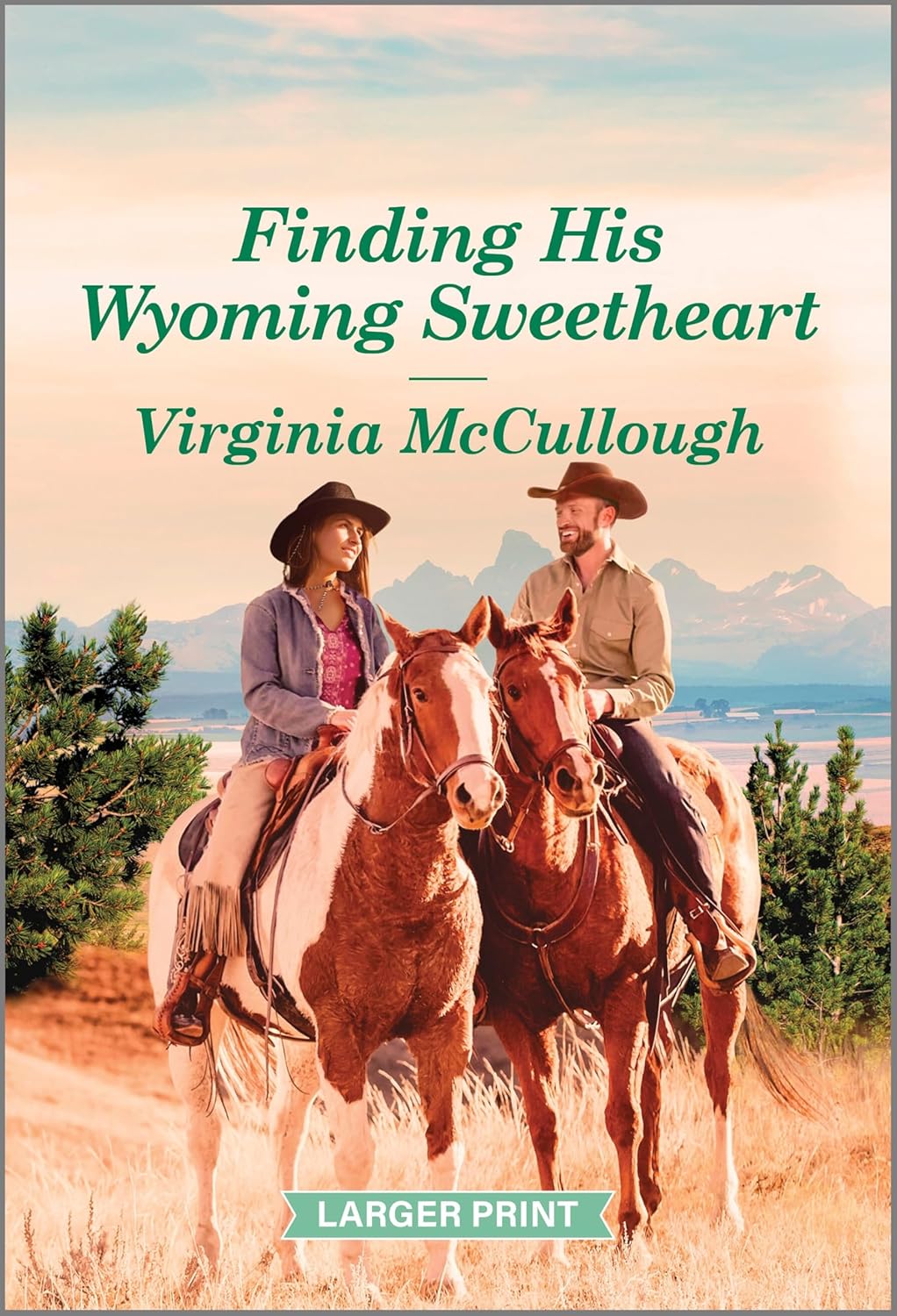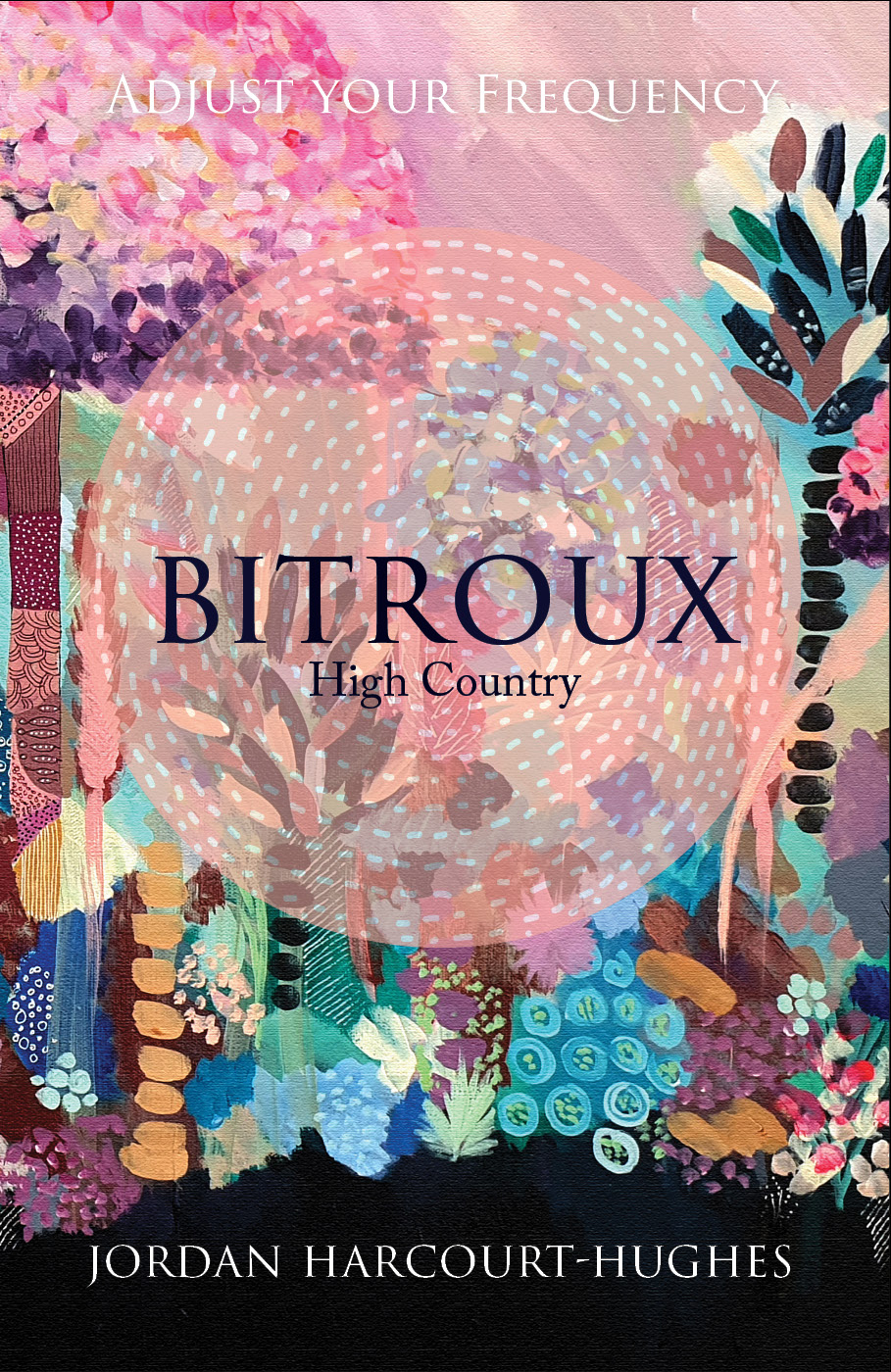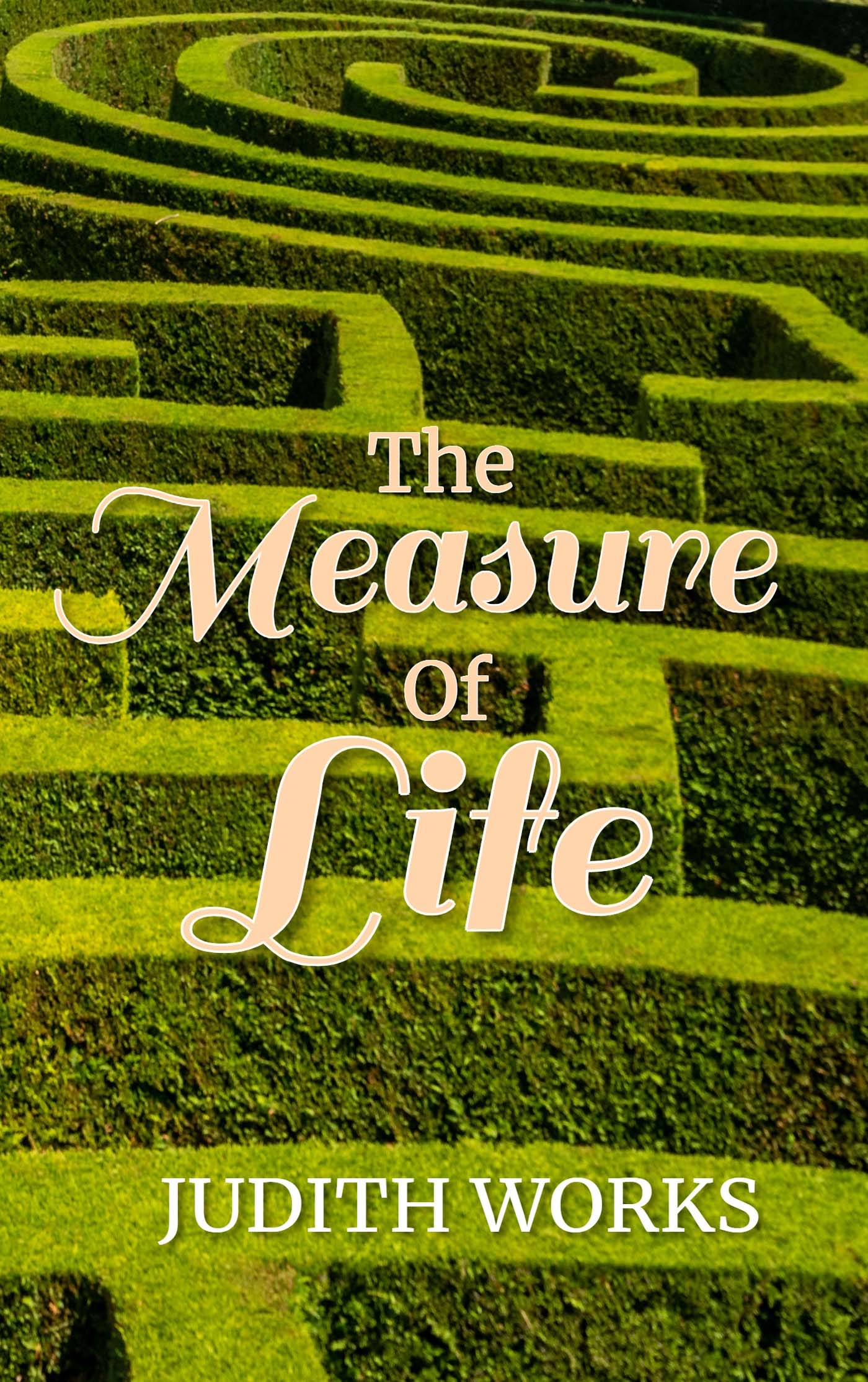That Christmas
Writers: Richard Curtis and Peter Souter
Director: Simon Otto
Starring: Brian Cox, Fiona Shaw, Jodie Whittaker, and Bill Nighy
Publisher: Netflix
Genre: Middle Grade (8 – 12 y.o.), Sci-Fi/Fantasy, Holiday, Contemporary
Rating: 4 Stars (8 Stars on IMDB)
Reviewed by AstilbeIt’s an unforgettable Christmas for the townsfolk of Wellington-on-Sea when the worst snowstorm in history alters everyone’s plans, including Santa’s.
Anything is possible when Santa comes to visit.
Wellington-on-Sea was such the perfect setting for this tale that I wished it were a real town. I loved the friendly relationships between many of the members of this small town as well as the many inside jokes about their community and lives that they shared with viewers. Their playful senses of humor worked beautifully for the Christmas season, especially when not everything necessarily went according to plan. Viewers who are already at least somewhat familiar with British culture will also find some great cultural references here, although understanding them is not required in order to understand the plot.
This movie would have been stronger if it had focused on a smaller number of storylines, and I’m saying this as someone who enjoyed all of the subplots. There simply wasn’t enough time to develop all of them fully, so I wasn’t quite satisfied with any of them in the end. A few plot lines were left dangling, and others were only able to briefly hold the audience’s attention as their most important moments were resolved.
I liked the modern spin on the holiday season that was shown here. It included characters from many different types of families as well as an exploration of who should and shouldn’t be counted as naughty for Santa’s purposes. That meant that a wide range of perspectives were included, from kids who knew they deserved to be on the good list to those who really struggled with the holidays and everything in-between.
That Christmas was a jolly ride.

